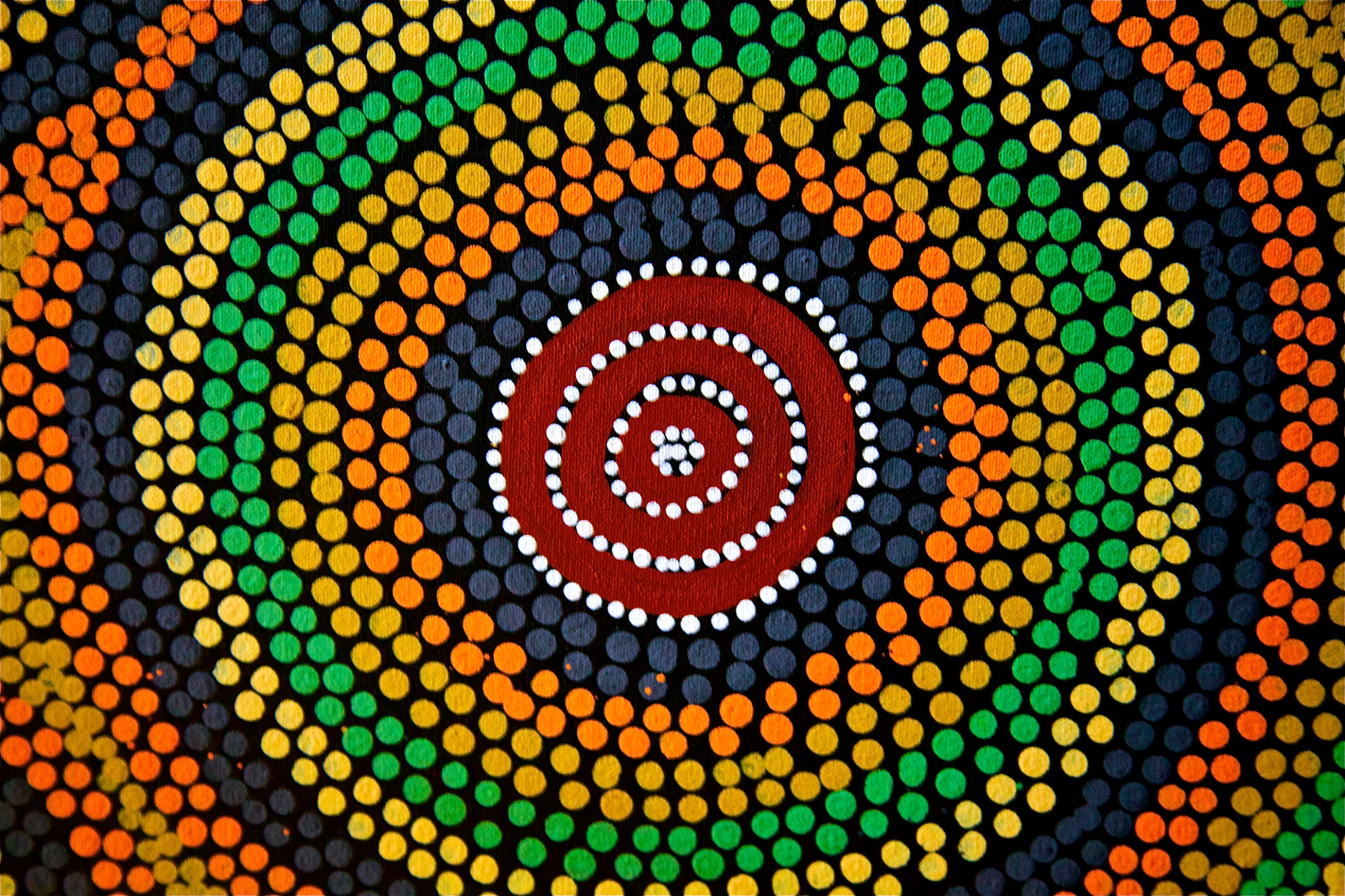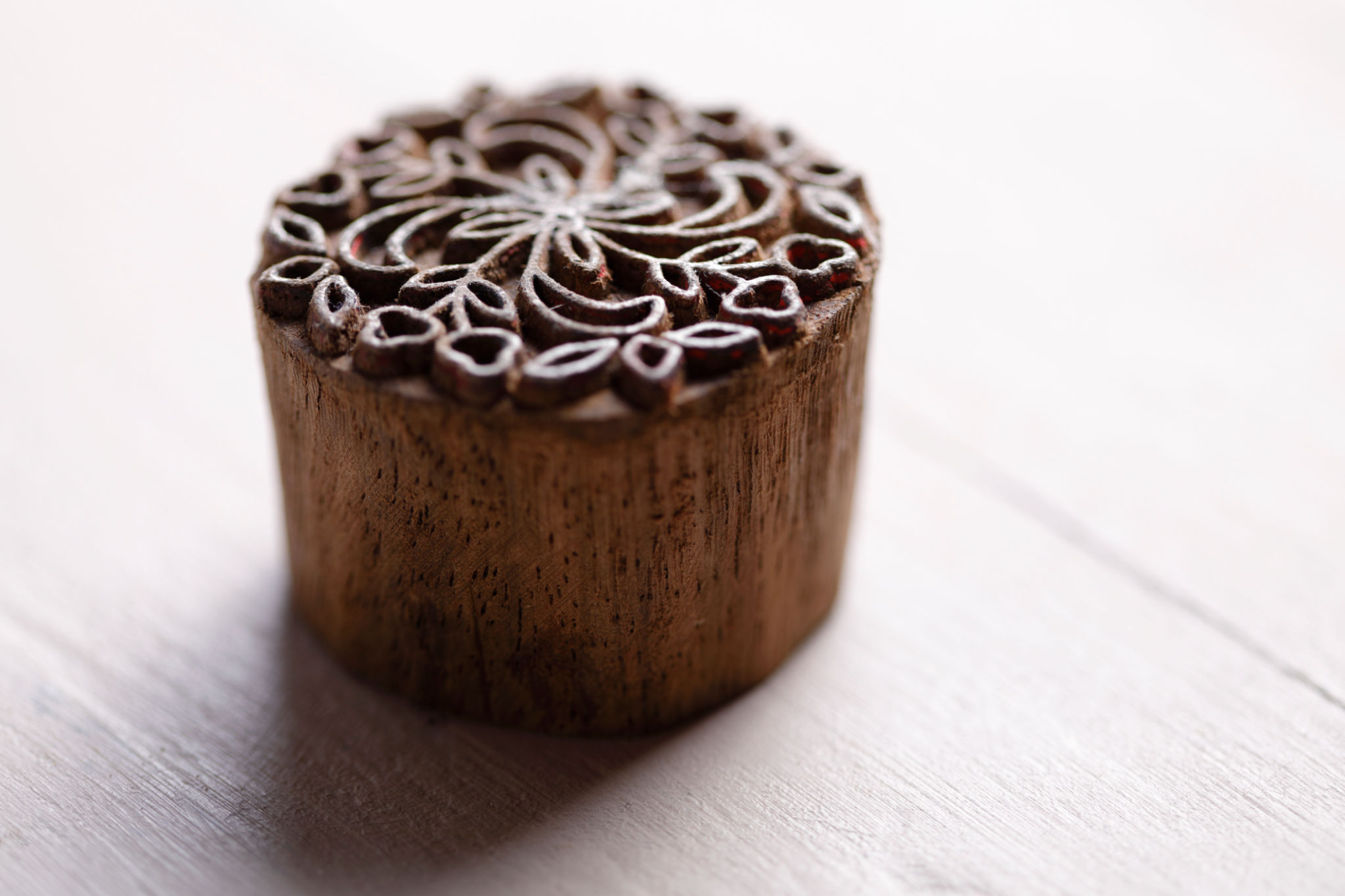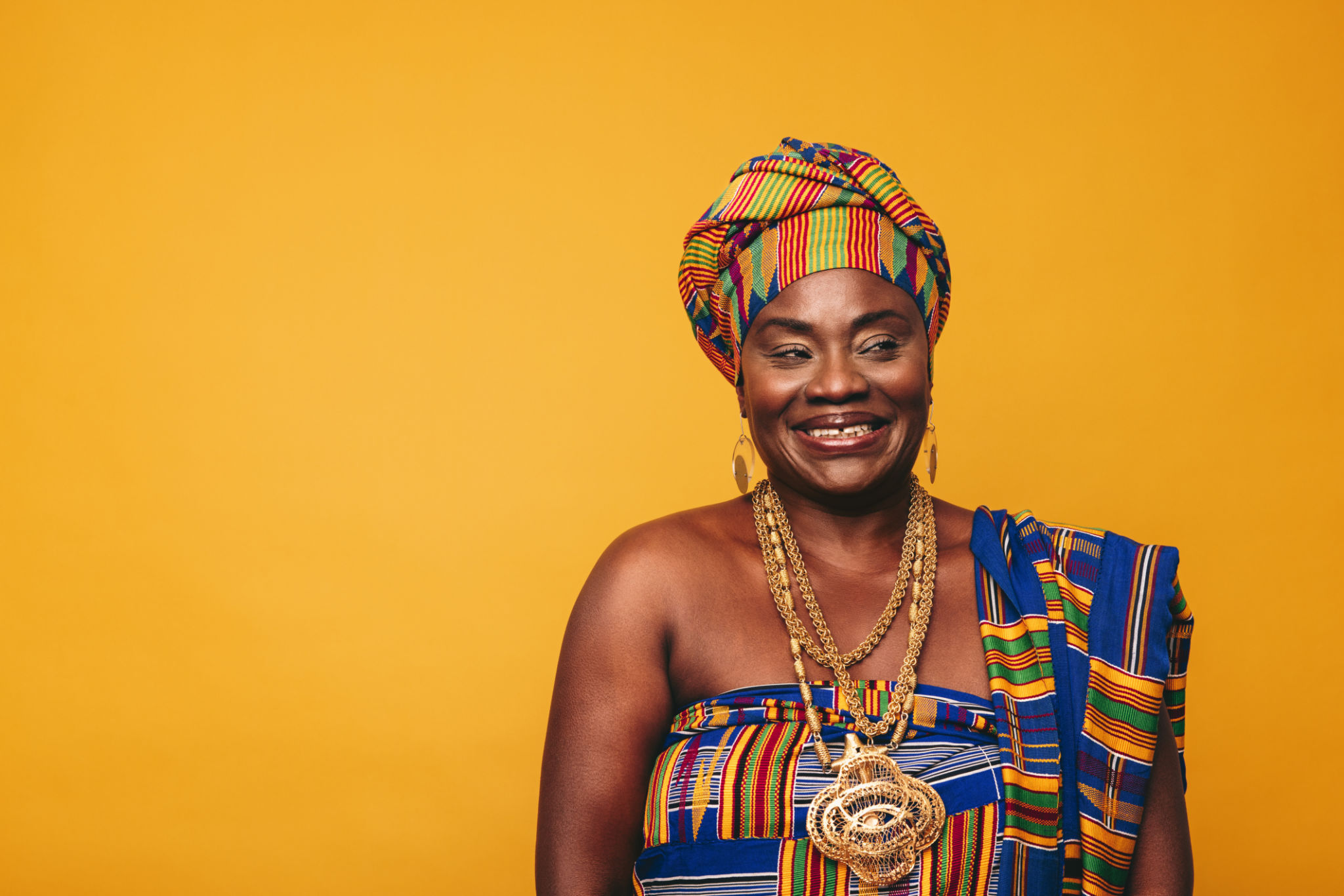Exploring the Craftsmanship Behind Indian Ethnic Wear: A Journey into Tradition
The Rich Heritage of Indian Ethnic Wear
Indian ethnic wear is a canvas that beautifully portrays the country's rich cultural tapestry. Each piece of clothing is a testament to the diverse traditions and vibrant history that span across centuries. From the intricate embroidery of the north to the vibrant prints of the south, Indian ethnic wear encompasses a variety of styles, each reflecting the unique heritage of its region.
The craftsmanship involved in creating these garments is nothing short of exceptional. Artisans dedicate countless hours to meticulously handcraft each piece, ensuring that every detail is perfect. This dedication not only preserves traditional techniques but also supports local communities by providing them with sustainable livelihoods.

The Art of Embroidery
Embroidery is a cornerstone of Indian ethnic wear, adding depth and dimension to fabrics. Different regions boast distinct styles, such as Zardozi from Lucknow, Phulkari from Punjab, and Kantha from West Bengal. These techniques involve detailed needlework using silk, cotton, or metallic threads, often embellished with sequins and beads.
Zardozi, for example, is characterized by its opulent gold and silver embroidery. This luxurious form of embellishment has roots in the Mughal era and continues to adorn bridal and festive garments. On the other hand, Phulkari is known for its vibrant floral motifs, which are crafted using brightly colored threads on shawls and dupattas.

Block Printing: A Timeless Tradition
Block printing is another traditional technique that has been practiced in India for centuries. This method involves carving intricate designs onto wooden blocks, which are then dipped into dye and pressed onto fabric. The result is a stunning array of patterns that are both bold and intricate.
Regions like Rajasthan and Gujarat are famous for their block printing techniques such as Bagru and Ajrakh. These prints are often found on cotton and silk fabrics, bringing an earthy elegance to saris and salwar kameez sets. The natural dyes used in block printing further enhance the eco-friendly aspect of this craft.

The Role of Weaving
Weaving plays a pivotal role in the creation of Indian ethnic wear. Each region has its own weaving techniques and traditions that contribute to the creation of unique textiles. Banarasi silk saris from Varanasi are renowned worldwide for their intricate patterns and luxurious texture, often featuring gold or silver brocade.
In contrast, the simplicity and elegance of Kanjeevaram silk from Tamil Nadu present a different kind of beauty. These saris are characterized by their vibrant colors and contrasting borders, making them a popular choice for weddings and special occasions.
Reviving Traditional Crafts
The modern fashion industry has seen a resurgence of interest in traditional Indian crafts. Designers are increasingly collaborating with artisans to revive age-old techniques, ensuring that these crafts continue to thrive in contemporary fashion. By integrating traditional embroidery, weaving, and printing into modern silhouettes, designers are bridging the gap between heritage and modernity.
This revival not only celebrates India's cultural heritage but also empowers artisans by providing them with opportunities to showcase their skills on global platforms. As more consumers become conscious of sustainable fashion choices, the demand for authentic, handcrafted ethnic wear continues to grow.

Conclusion: Celebrating Craftsmanship
Exploring the craftsmanship behind Indian ethnic wear is a journey into the heart of tradition. It is a celebration of the artisans who dedicate their lives to preserving these skills, ensuring that each piece of clothing tells a story of heritage and artistry. By embracing these traditions, we not only honor the past but also pave the way for a sustainable future where culture and craftsmanship flourish together.